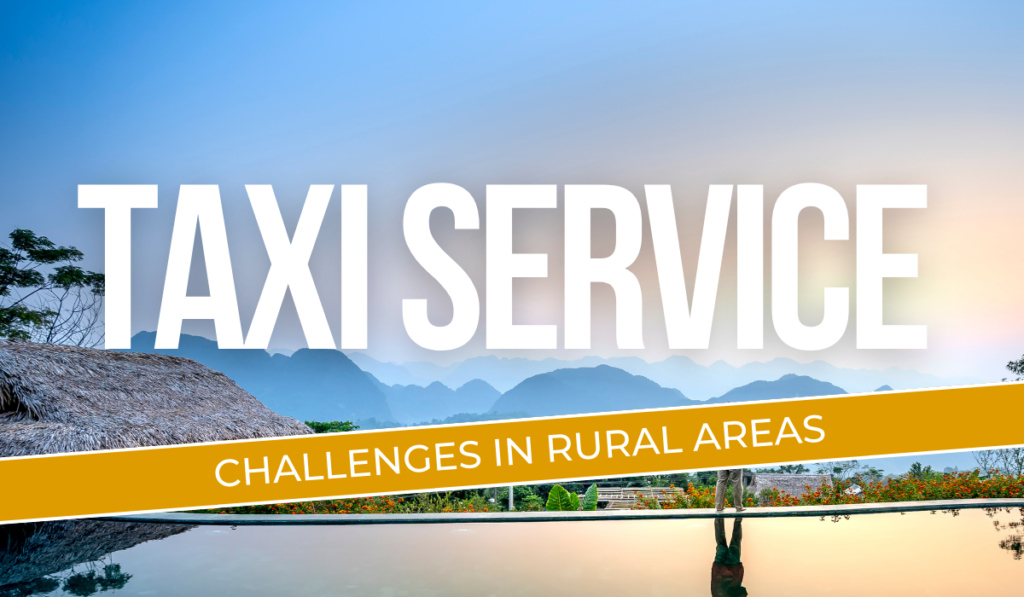The Challenges of Taxi Service in Rural Areas

The European Commission emphasizes that rural areas within the EU are integral to the European lifestyle, with 137 million inhabitants, accounting for nearly 30% of the population and spanning over 80% of the territory. So, taxi services play a vital role in providing transportation solutions, not only in bustling urban centers but also in rural areas where access to reliable transport can be challenging.
However, the dynamics of taxi services in rural settings present a distinct set of challenges that differ significantly from those encountered in urban environments. Understanding these unique challenges is crucial for developing effective strategies to improve taxi services and boost mobility in rural areas.
When discussing the challenges of taxi service in rural areas, several key points come to mind:
Infrastructure and accessibility
As we all know, urban areas often struggle with poor infrastructure, including poorly maintained roads, which can present significant challenges for taxi services. The condition of roads can lead to various problems for taxi vehicles, such as frequent wear and tear, increased maintenance costs, and potential vehicle breakdowns.
Limited demand
Another challenge faced by taxi services in rural areas is the lack of available services. Unlike urban areas with high population density and constant demand for transportation, rural regions often have lower population numbers and less frequent transportation needs. This limited demand makes it economically challenging for taxi companies to operate in rural areas, as they may struggle to generate sufficient revenue to cover operating costs. As a result, residents in rural areas may face difficulties in accessing taxi services, especially during off-peak hours or in remote locations.
Longer Distances
Rural areas are typically characterized by vast distances between locations. This means taxi drivers may spend more time and fuel traveling between pickups, it also means that drivers may need to wait longer or travel farther to find their next fare, affecting their overall efficiency and profitability.
Lack of Public Transportation
In many rural areas, public transportation options are limited or nonexistent. This can result in taxis being the only available mode of transportation for residents, putting pressure on taxi services to meet all transportation needs.
Seasonal Variations
Some rural areas experience significant seasonal variations in demand, such as tourist destinations that are busy during certain times of the year but quiet during others. Managing these fluctuations can be challenging for taxi companies. Taxi companies then need to adjust their fleet, schedules, and marketing strategies to take advantage of these busy periods. Similarly, local events such as festivals or fairs can generate a temporary surge in demand for taxi services.
However, there are also quiet periods, such as outside tourist seasons or during harsh weather conditions, where demand decreases. It is during these times that cost management and resource optimization become crucial to maintain profitability.
Driver Availability
Finding and retaining drivers in rural areas can be difficult, especially if there are limited job opportunities or if drivers prefer working in more populated areas where they can expect higher demand and earnings.
Cost of Service
Providing taxi services in rural areas can be more costly due to factors like longer travel distances, lower economies of scale, and higher operating expenses. This can make it challenging to offer competitive pricing while still covering costs.
Conclusion:
In conclusion, addressing the transportation challenges in rural areas requires innovative solutions tailored to the specific needs of these regions. Yes, it’s a known fact that rural areas face transportation challenges, but by implementing strategies such as strategic pricing models, fostering local collaborations, leveraging technology for efficiency, and exploring government support or subsidies.